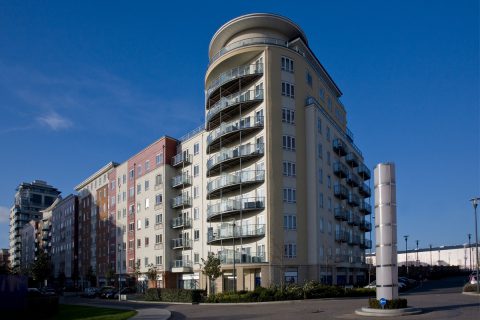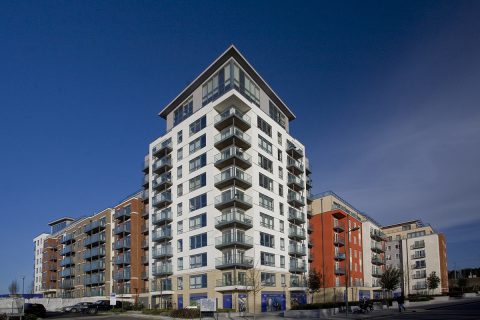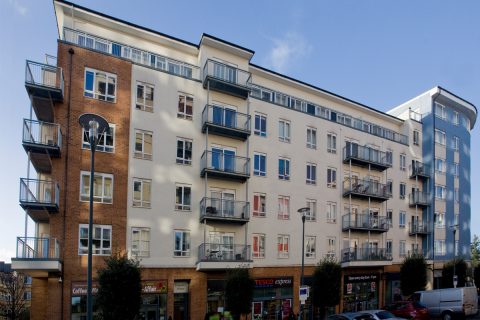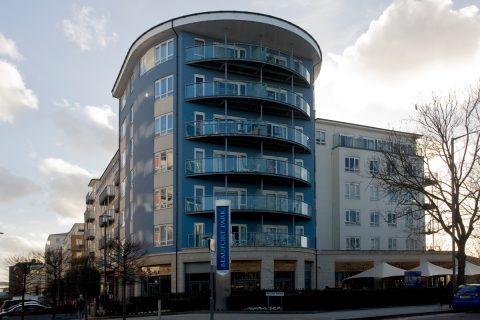This 10-year phased mixed-use regeneration project will provide 3,250 high specification apartments, commercial, retail and leisure space, together with extensive landscaping.
As a former RAF Hendon base, the site had been subject to bombing raids during World War II and following closure of the facility, the site comprised the Grahame Park housing estate, Hendon Police College and the RAF Museum.
Following demolition of the existing buildings to enable the development, highly impermeable London Clay and extensive areas of Japanese Knotweed, an invasive species, were identified by geo-environmental investigations. A risk of unexploded ordnance, foul and surface water sewers traversing the site, an open ditch routing Network Rail drainage across the site and Network Rail services to the East of the site provided further significant challenges in both achieving planning and allowing construction to commence.
Patrick Parsons provided civil and structural services, including advice on remediation of the site considering the Japanese Knotweed discovery, diversion of existing sewers in negotiation with Thames Water, negotiations with Network Rail to allow construction adjacent to their live network, a ‘cut and fill balance’ exercise, stock-piling excavated material for use across the site to raise ground levels. This ensured that throughout the life of the development there has been no excavated material transported off site; vastly reducing lorry movements in the area.





